One hundred years of life and history. Robert Juliat’s longevity would deserve an entire book and a dedicated museum. On the JTSE stand, a carbon-arc lantern and an antique follow-spot seduced visitors by their timelessness, while in the “Black Box” stand, new technologies were discreetly integrated into the brand’s latest flagships.
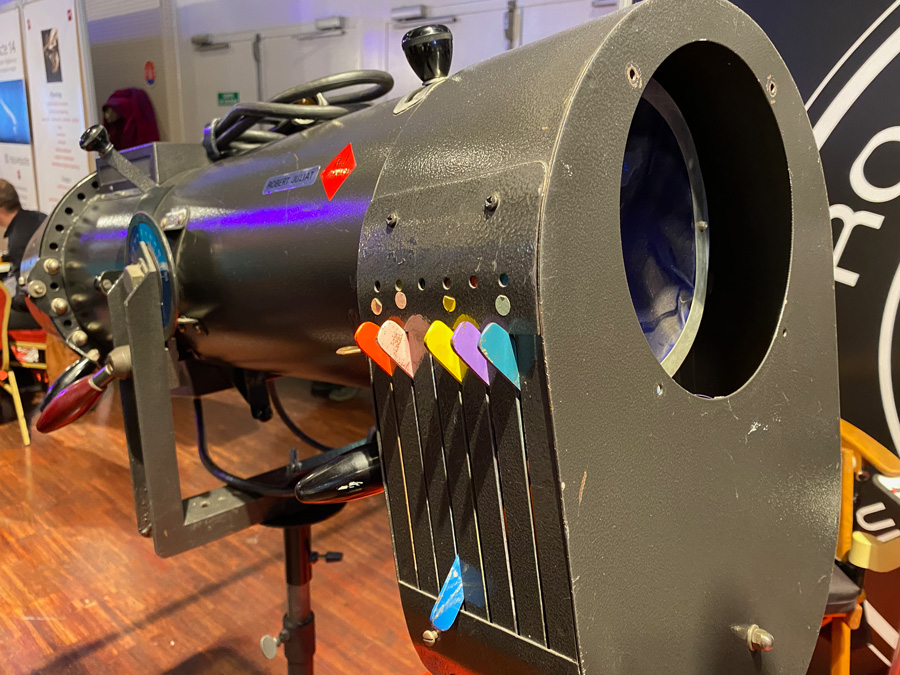
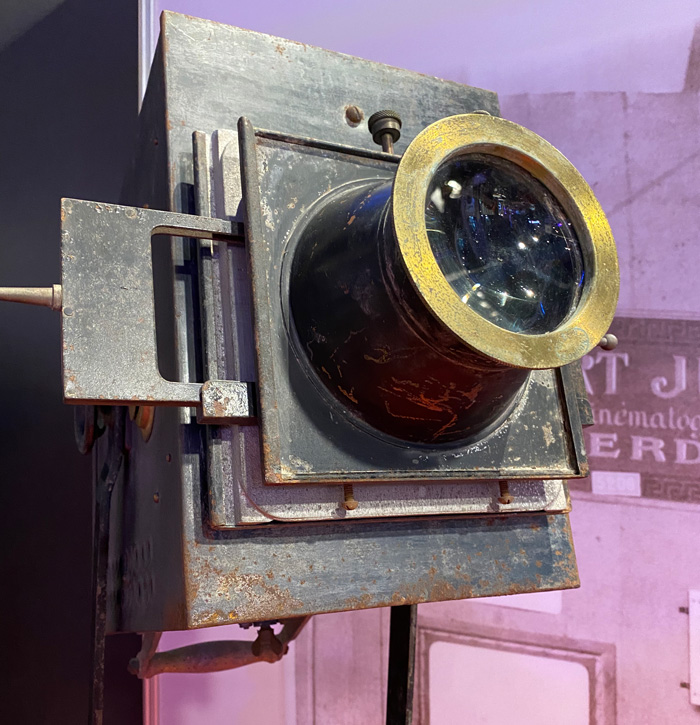
Ludwig Lepage, Lighting Products Manager, sums up the latest Robert Juliat innovations.
Gamme Zep2
Thus, the LED Profile and Fresnel projectors range has undergone a slight, yet efficient change of LED generation, still Made in Osram, with a better output ratio, from 10% to 15% more, and a better colorimetry spectrum consistency.
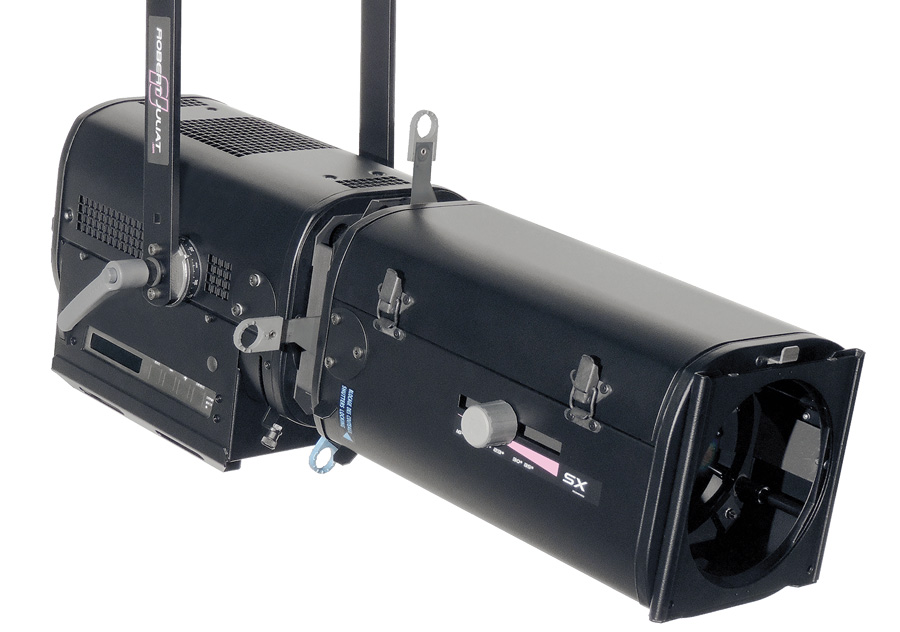
The number 2 displayed here makes it possible to distinguish the two generations, as in use the Zep2 will be brighter, albeit with slightly different color temperatures.
To summarize in a few words, the Zep2 640SX2 and 660SX2 Profile spots comprise 150 or 300 W LED sources, in 3,200K or 6,000K. The electronic power supply is dimmable without flickering, can be controlled locally or in DMX and remains perfectly silent.
The use of plastic gobos is possible, three variable zoom optics are available: 28°-54°, 16°-35° or 11°-26°. The Fresnel Zep2 340 and 360 LF2 are also provided with 150 and 300 Watt LED sources, in 3,000K, 5,000K, 5,700K as well as in variable white 2,700-6,500K. The zoom is manual, the source is controlled by DMX, locally or in wireless DMX as an option.
Arthur follow-spot
The Grand Premiere presentation of the LED Arthur follow-spot occurred for the Americans, favored by the LDI’s short week ahead of the JTSE. From the body of the Oz follow-spot, Arthur’s 800 W LEDs promise to tickle a Victor’s 1,800 W HMI, but with all the benefits of a modern source. Scheduled for March or April 2020, this 7°-14.5° follow-spot will no doubt be aimed at winning a reward at Prolight + Sound as the most powerful in its class.
Maestro and SpotMe
The SpotMe module, thanks to which the Follow-spot operator can direct any batch of moving heads simultaneously with his movements, makes an encouraging start in theaters and one-man shows. This is mostly true to control both backlit and frontlit fixtures in real time by following the artists.
This operator tracking system uses the PSN protocol, and was almost usable only with a GrandMA2 console, video servers and possibly a future Chamsys update. It is now compatible with any console thanks to a dedicated server, the Maestro.
Developed with the company Zactrack, which has more than 10 years of experience in intelligent tracking in all forms, this complementary unit to SpotMe allows real-time calculation of the movements of all the moving heads tracking the movements of the follow-spot.
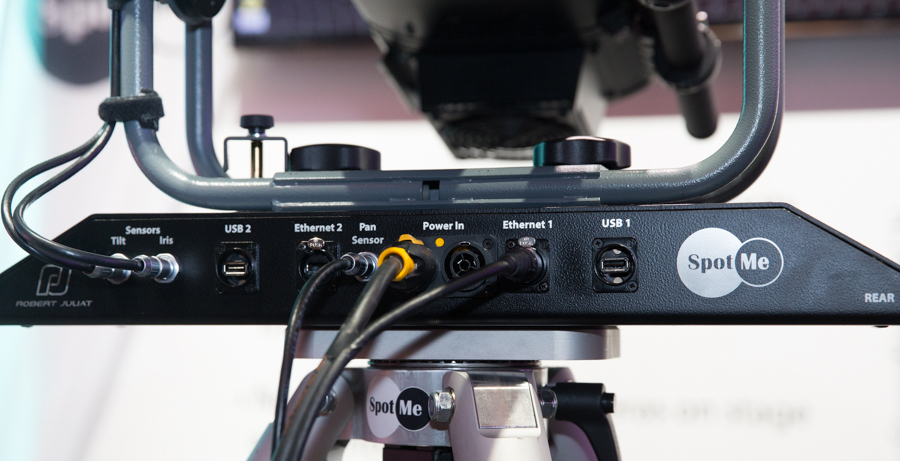
The engineering behind the Maestro is now being finalized to be available very soon. If prediction algorithms allow to take into account the inertia and the speeds of the different intelligent projectors to be as precise and reactive as possible, other technological advances are expected. Thus, the server will allow to create virtual zones on or off stage with automations to modify the lighting plot whenever the subject reaches one of these zones.
The automatic management of the beams’ sizes, by adjusting the zoom value according to the distance, to always keep the same projection size in real time, will also be proposed. Finally, the integration of the Dalis Footlights and LED Cyc projectors natively in the server, will allow these fixtures to also follow the tracking of the follow-spot, by lighting up around the targeted subject.
The Robert Juliat lighting calibration now integrated into Eos
Particularly appreciated in the theater world, like ETC products, it seemed logical that Robert Juliat should use Eos consoles to control his projectors. The Dalis projectors for Cyc lighting which use eight colors of LEDs to offer the best possible colorimetry are already calibrated in the ETC EOS consoles. This means they were measured, characterized and recorded as data in the libraries in order to give perfect equivalences of gels.
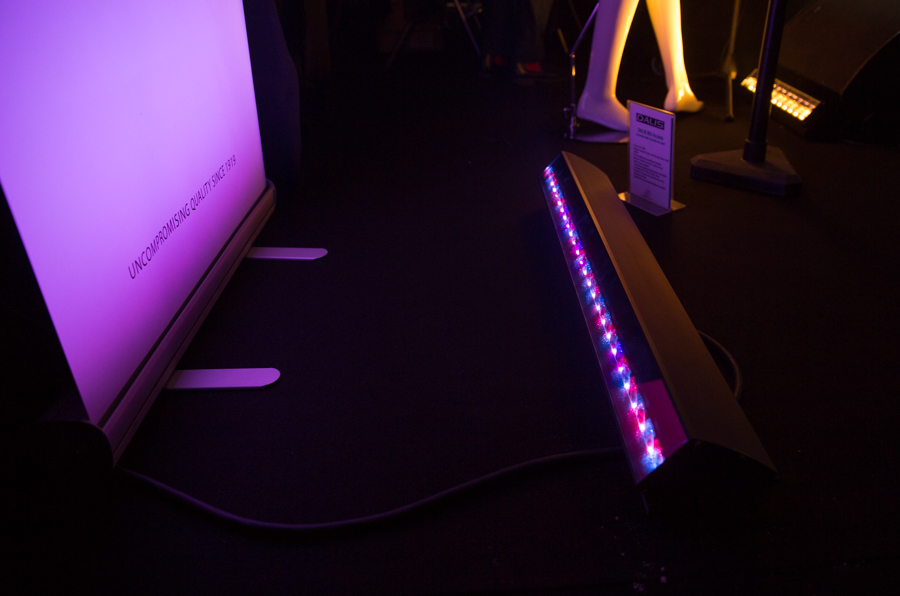
At year start, the four-color Dalis models underwent the same operation to get as close as possible to the eight-color Dalis when they are managed at the same time on an Eos desk.
Concretely, the console has the possibility of choosing among the color charts from LeeFilter, GamColor, Rosco and others, hundreds of references, or standard colors, or even variations of white at different color temperatures according to their CRI.
There are three more options to go even further in color management. If the lighting designer wants the best possible spectral distribution, he will use the Spectral mode of the ETC. Brightness mode is available to get more brightness, and Hybrid mode is a compromise between the two.
This colorimetry system is reserved for ETC and Robert Juliat projectors. This way, one can perfectly match a Source Four Lustr+ Profile spot and a Dalis 860 Cyc projector.
More information can be found both on the Robert Juliat Website and the ETC Website







